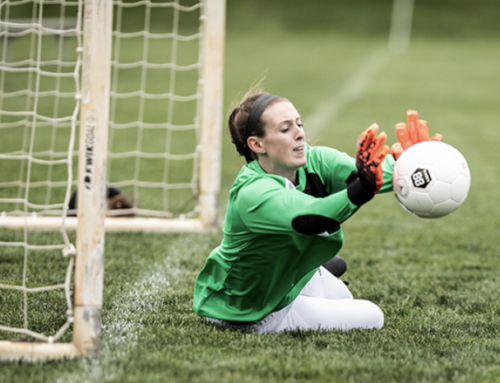Get our exclusive report. Download the iSport360 Club Switching Report Here – For Club Admins, Rec Leaders and Coaches.
The Challenge of Drugs and Youth Sports

Dr. Bob Weil is a sports podiatrist to olympians & author of the book #HeySportsParents: An Essential Guide for any Parent with a Kid in Sports.
The link between drugs and sports runs deep. Drugs and sports have been connected for about as long as sports have been played. This includes the whole array of painkillers and anti-inflammatory drugs both prescription and over the counter.
One of the concerns I’ve always had, especially at the elite and professional level, is that the physical and mental demands of sports all too often are extreme. This often leads to the using of pain meds and anti-inflammatory medication even in younger and younger athletes to survive. This “routine use” is alarming! The ibuprofens (Advil, Motrin), Naprosyn (Aleve) and aspirin are far overused to keep these young athletes “in the game.”
NOT SMART! –Parents Beware! Youth sports injuries, both acute and chronic, are at epidemic levels –we’ve got to pay real attention!
Are the schedules and physical demands we put on these kids often too much with not enough time for the body to recover? Too often the answer is yes! For the past three to four decades, I’ve watched as college and professional athletes even Olympians faced these challenges. Now, not much is different at the high school level, and especially for adolescent standouts in club sports, particularly those who specialize in a single sport.
One of the difficult realities in the world of medicines and sports is that they work. Under proper medical supervision, medicine can be of real value. Problems arise when the drugs are used to replace proper rest and recovery. In past years, it soon became apparent to athletes, coaches, trainers (and parents) that drugs work. This soon leads to rapid overuse and reliance on these drugs to shorten recovery time, dull pain and discomfort, and allow more intense workouts and training. BIG MISTAKE! We all know too well these endless stories at the highest level of sports.
This scenario, of course, has filtered down to young athletes. Prescription pain medications, like opioids, which are often given for sports injuries, have become a national epidemic nightmare. Seriously question your doctors if they prescribe these. It’s not unusual to recommend over the counter anti-inflammation drugs for injuries in young athletes, but they should always be accompanied by strict guidelines and instructions for short-term use. This is always combined with decreasing intensity, frequency and level of training or playing, otherwise known as “intelligent rest.”
An important rule for parents and coaches is that if they are using these medicines for their youngsters to participate or stay in the game, they have CROSSED THE LINE! I can’t tell you how often I see this rule broken-especially when “the pressure to play is on.”
We are bombarded with TV ads about all sorts of pain and anti-inflammatory over the counter medicines. It’s easy for one to be fooled into thinking that all these drugs are without side effects or consequences and that is simply not true. Get educated! Besides the drugs themselves, the whole world of sports supplements and energy drinks are also of concern because children and adolescent bodies are still growing and developing. As a rule, most experts do not recommend these supplements under the age of eighteen. Again, the reality is that it’s all too common for high school and even younger athletes to be using these easily obtainable products to try and “get an edge” over their teammates and rivals.
Parents should always check with their doctors or dieticians before allowing the use of any sports drinks that contain high amounts of caffeine that can be potentially dangerous for some kids. Doctors have been alarmed that problems such as heart arrhythmias can be related to caffeine intake.
Let’s not fool ourselves with this very important topic of drugs and youth sports. It’s everywhere! Because youth sports injuries are of epidemic proportions, it stands to reason that all sorts of demands and problems are right there with them. Physical and mental pressures seem to be always increasing for our young athletes, so parents and coaches need to pay attention and listen and observe their young kids and players. Awareness and education are always the keys.
This excerpt is from #HeySportsParents: An Essential Guide for any Parent with a Kid in Sports (Chapter 10) by Sharkie Zartman and Dr. Bob Weil.
Learn more or request a demo of our youth sports software that is helping teams improve communication, organization and player development.
June 19, 2018






